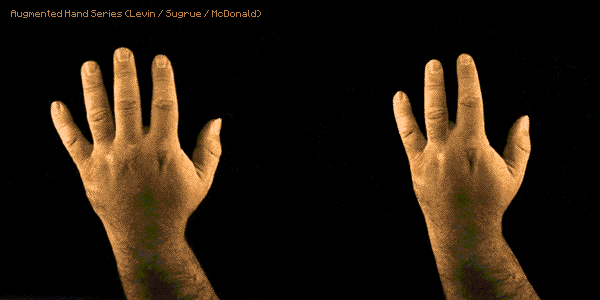From drinking your morning coffee to turning off the lamp, you use your hands thousands of times a day. It’s easy to take for granted – until your hands don’t cooperate. To help people rehabilitate from strokes and hand tremors, doctors and researchers are doing some really amazing things with off-the-shelf hardware.
In a recent presentation for the Society for Neuroscience Conference, three researchers from UCSF stacked the Leap Motion Controller against two different data gloves to help assess people who suffered from stroke. They believe that the Leap Motion Controller could play a key role in how doctors diagnose and treat a variety of brain disorders – even during live surgery.




